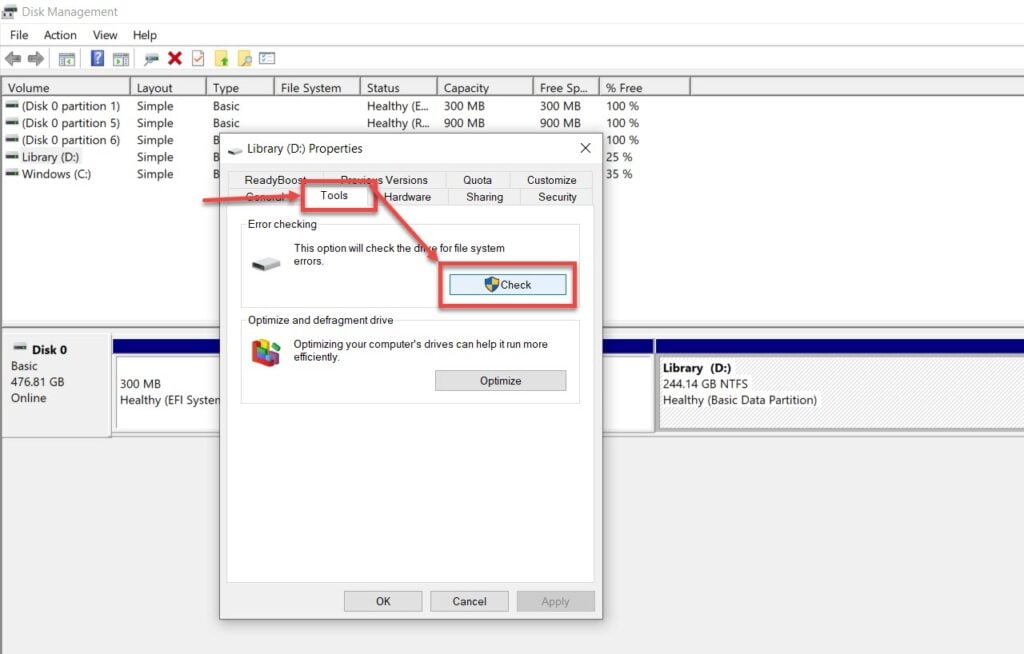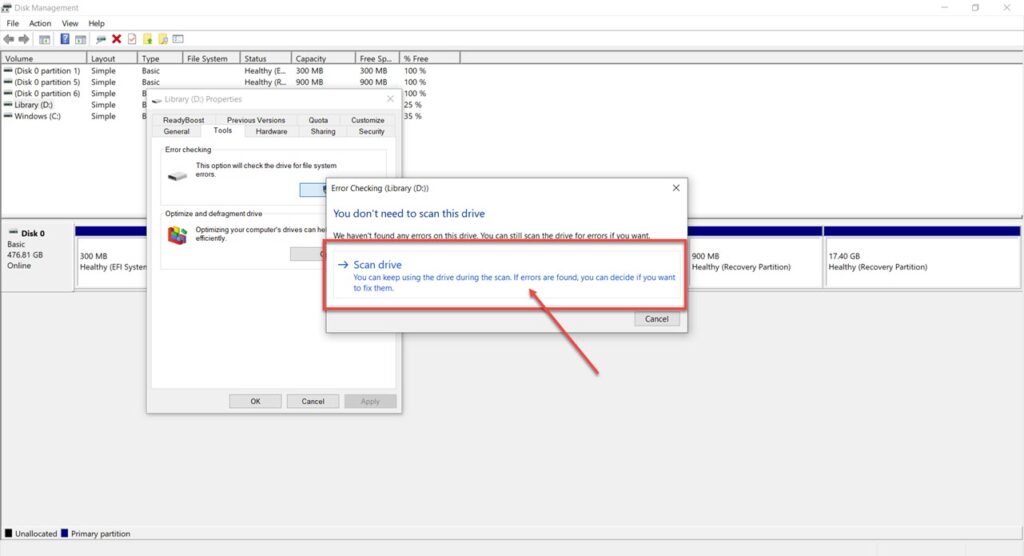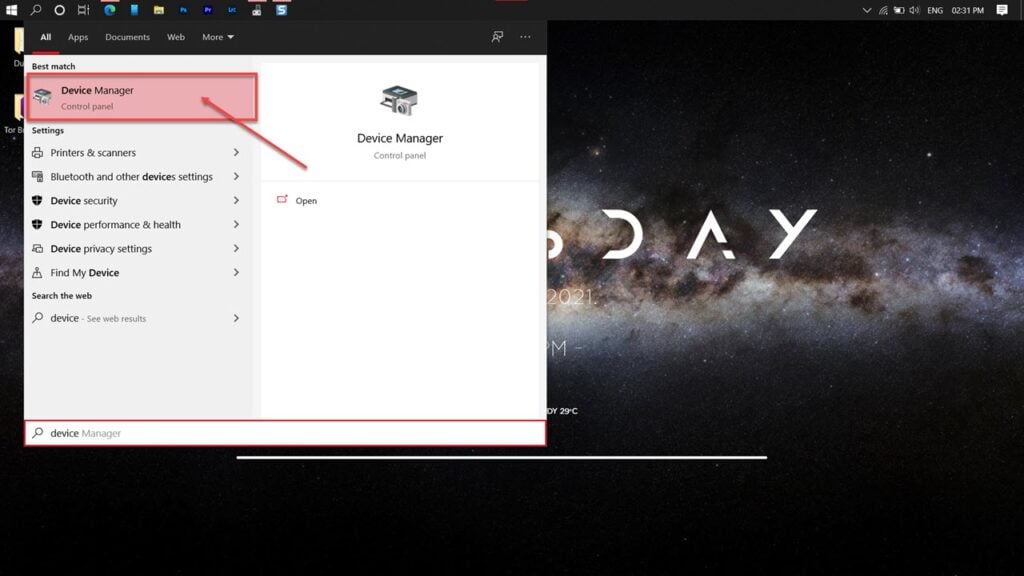SD cards are important tools for several gadgets, and for that very reason, pretty much every laptop or PC on the market has an in-built SD card slot. While this thing, in particular, doesn’t really run into many problems, what if it does?
In this article, we’re talking about a few fixes you can take if your SD card reader stops showing up in the File Explorer.
Also read: What are memory card classes? Which one should you buy?
What could be wrong?
Now there isn’t a lot that can go wrong with an SD card slot. However, a few things could cause the SD card reader not to showing up in the File Explorer issue.
- The SD card might not be properly inserted in the reader.
- If you’re using an external reader it might not be connected properly to your PC.
- Outdated/corrupt device drivers.
- Virus infected SD card.
- Missing drive letter on the SD card.
How to fix the problem?
Here are a few things you can try to fix the SD card reader not showing up in File Explorer error.
Try reconnecting
The first thing you should do is take the card out and try inserting it back in again. Improper contact between the card terminals and the reader terminals can often cause such problems. If you’re using an external card reader, try using a different USB port.
Clean the inside
Dust or debris inside the card reader can also cause improper or even prevent contact between the card terminals and the reader. Make sure to use a brush or a can of compressed air to clean out the insides and try connecting the SD card again.
Format the card
If nothing else works, try formatting the card altogether. The cause behind this issue could well be data corruption or malware infection, and the best way to get rid of it is to format the card completely to ensure that no corrupt files or malware remain on the card itself.
Also read: SATA SSD vs PCIe SSD: Which one should you buy?
Assign a drive letter to the card
Each drive connected to your PC is assigned a drive letter by default. If your card didn’t get one for some reason, it wouldn’t show up in Windows Explorer.
Step 1: Press Windows Key + R to open the Run prompt. Type diskmgmt.msc and hit enter.

Step 2: Find your SD card reader, right-click it followed by Change Drive Letter and Path.

Step 3: Click on Add, and you’re good to go.

Check for SD card errors
If assigning a drive letter didn’t resolve your issue, checking your SD card for filysystem errors isn’t a bad idea.
Step 1: Press Windows Key + R to open the Run prompt. Type diskmgmt.msc and hit enter.

Step 2: Find your SD card reader, right-click it followed by Properties.

Step 3: Under the Tools tab, click the Check button under Error Checking.

Step 4: Click Scan drive.

Restart your PC once the scan is done, and the card should work just fine.
Reinstall/Update drivers
The last thing you can try out is to reinstall or update the mouse driver from scratch. Here’s how.
Step 1: Press the Windows key and search for Device Manager. Click on the corresponding search result.

Step 2: Under Disk Drives, double-click your SD card reader and click Update driver.

If the mouse still isn’t functioning after the driver update, try removing the driver instead by following the aforementioned steps, restarting your computer, and try to reinsert the SD card or card reader again.
Also read: SDHC vs SDXC: 4 talking points






